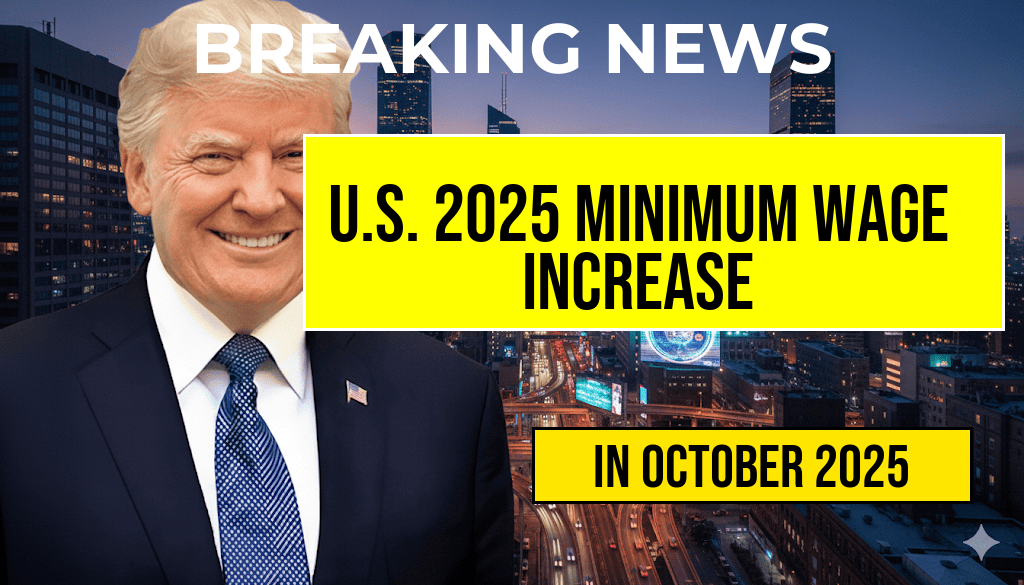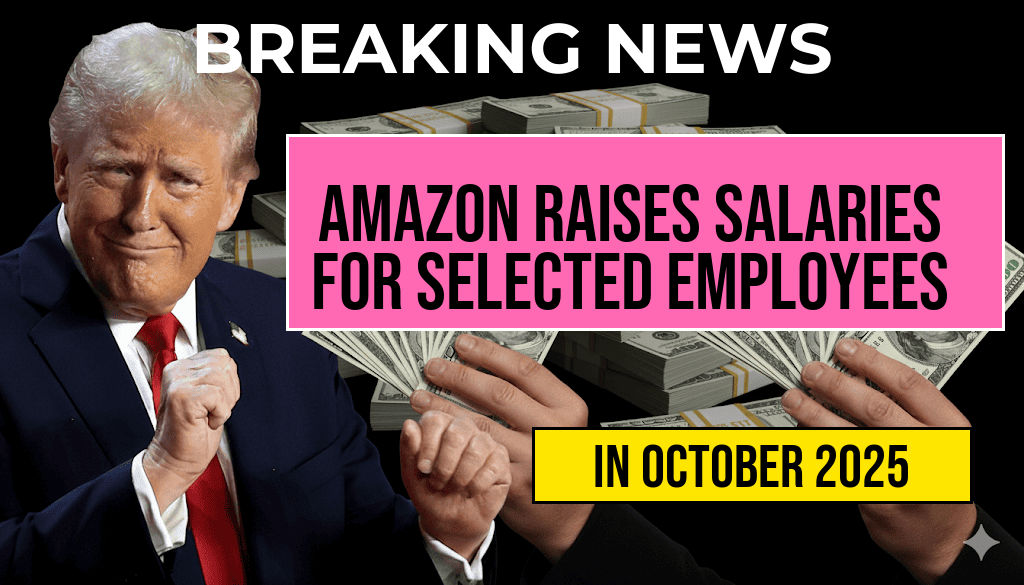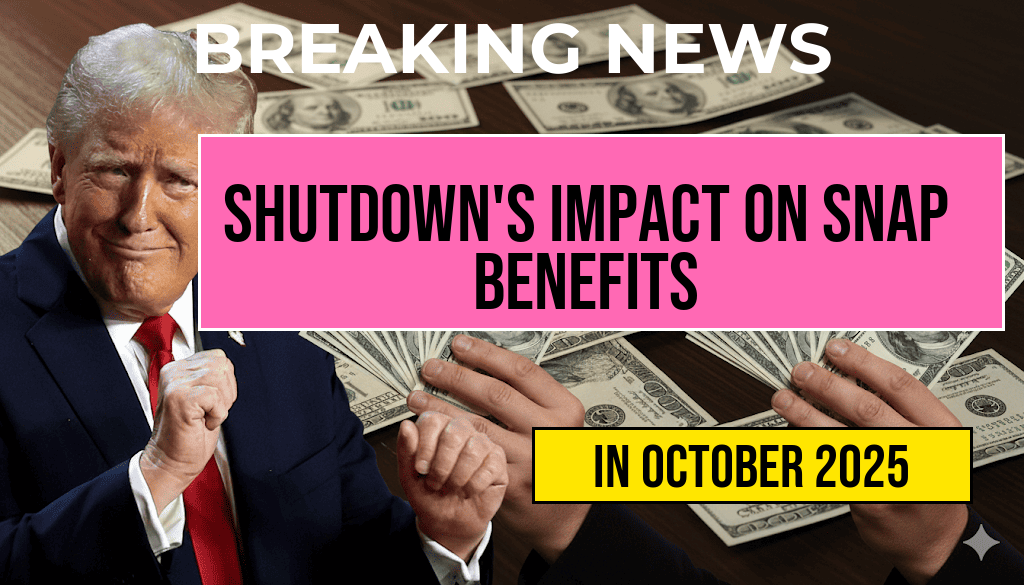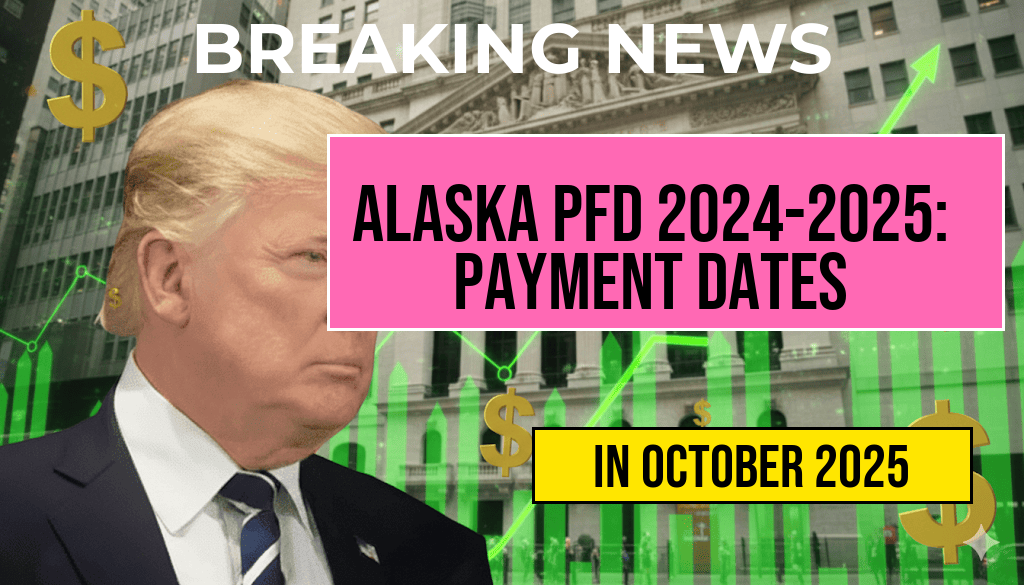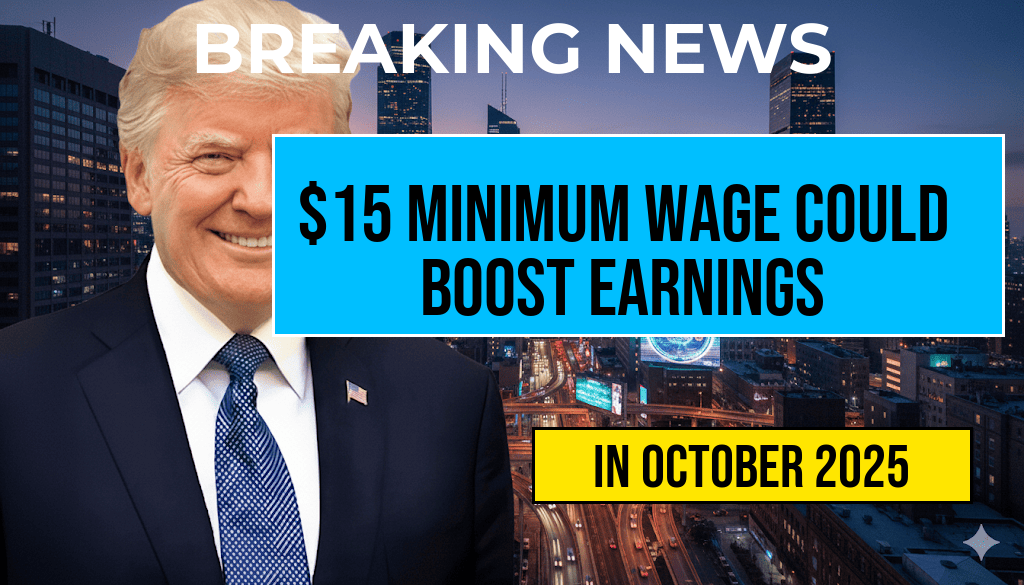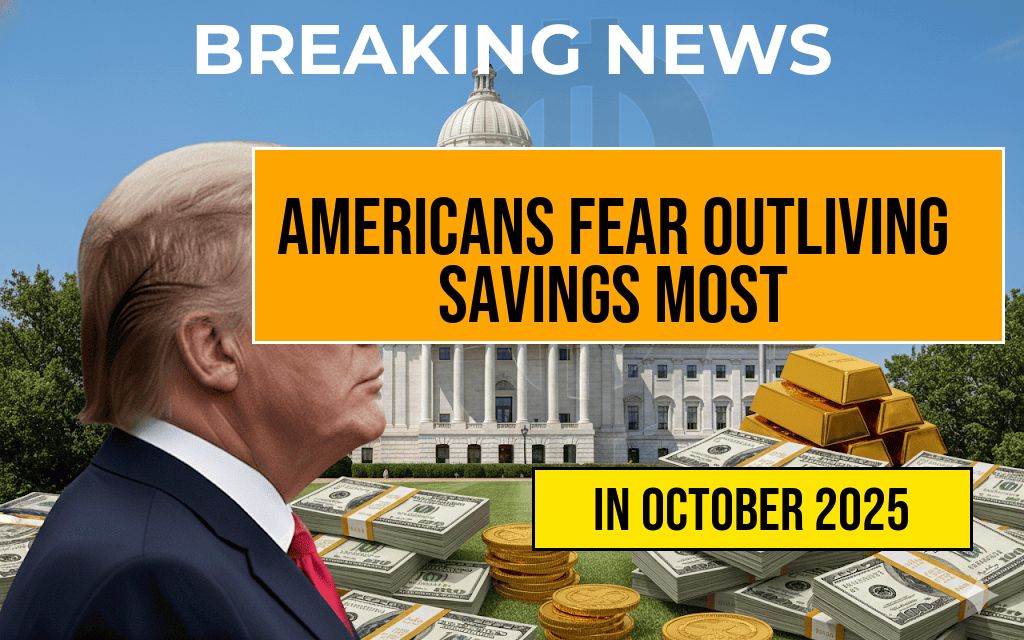The United States is implementing a significant update to its minimum wage standards for 2025, effective October 4. This adjustment reflects a combination of federal guidelines, state-specific increases, and regional variations, resulting in a new landscape for low-wage workers across the country. The federal minimum wage, which has remained at $7.25 per hour since 2009, is set to see a modest increase in some jurisdictions, while many states and cities are adopting higher rates tailored to local economic conditions. The changes are expected to impact millions of workers, influencing employment strategies, business costs, and economic disparities nationwide. This article outlines the key updates, regional differences, and what workers and employers should anticipate as the new rates take effect.
Federal and State Minimum Wage Updates for 2025
While the federal minimum wage remains at $7.25 per hour, numerous states have enacted legislation to increase their minimum wages for 2025, often based on inflation adjustments or cost-of-living considerations. As a result, the average minimum wage across the country is expected to rise, though the specific figures vary significantly among jurisdictions.
Federal Minimum Wage
- Current Rate: $7.25 per hour
- Effective Date for Adjustment: No change scheduled for October 4, 2025
- Future Outlook: Potential legislative proposals are under discussion to increase the federal minimum wage, but none are finalized yet.
State and Local Increases
| State | Updated Minimum Wage | Notes |
|---|---|---|
| California | $16.00 | Incremental increase following 2022 legislation |
| New York | $15.75 | Major city rates vary; NYC minimum now $16.50 |
| Florida | $12.00 | Minimum wage scheduled to reach $15 by 2026 |
| Texas | $10.50 | State law sets minimum wage; localities may set higher rates |
| Washington | $15.74 | Includes regional adjustments for cost of living |
Several other states have set their minimum wages for 2025 according to scheduled increases or inflation indices, with some cities and counties establishing their own higher thresholds to address local economic needs.
Implications for Workers and Employers
Workers’ Perspective
For many low-income earners, these wage adjustments could translate into meaningful increases in take-home pay, aiding in offsetting rising living costs. Workers employed in sectors such as retail, hospitality, and healthcare stand to benefit most, especially where local policies mandate higher minimums. However, some employees may experience shifts in employment opportunities if businesses adjust staffing levels or hours in response to increased labor costs.
Business and Economic Impact
Employers, particularly small businesses, face the challenge of balancing wage hikes with operational costs. Some may pass increased expenses onto consumers through higher prices, while others might seek automation or reduce workforce hours. Economists suggest that moderate increases in minimum wages often have minimal long-term effects on employment levels but can contribute to improved economic stability for low-wage workers.
Legal and Policy Context
Regional Variations and Local Legislation
States with higher living costs tend to set minimum wages well above the federal baseline. Cities like Seattle, Los Angeles, and Washington D.C. have implemented local ordinances that surpass state and federal standards, creating a patchwork of wage policies. This decentralized approach reflects ongoing debates about the efficacy of uniform national standards versus localized economic strategies.
Future Prospects and Legislative Movements
While some policymakers advocate for raising the federal minimum wage to $15 per hour or higher, such proposals face political hurdles. The Biden administration has expressed support for incremental increases and comprehensive wage reforms, but legislative gridlock remains a barrier. Meanwhile, advocacy groups continue to push for regional and sector-specific adjustments to address income inequality effectively.
Additional Resources
- Wikipedia – Minimum wage in the United States
- Forbes – What the 2025 Minimum Wage Increase Means for Workers and Businesses
- U.S. Department of Labor – Minimum Wage Laws
Frequently Asked Questions
What is the new minimum wage rate effective October 4, 2025?
The updated minimum wage for 2025 varies by state and locality, with most areas seeing an increase to ensure fair compensation. Specific rates can be found based on your location.
Which states or cities have the highest minimum wages in 2025?
Several states and cities are leading with the highest minimum wages in 2025, including California, Washington, and New York. Check local government websites for exact rates.
How does the increase in the minimum wage impact employers and employees?
The wage increase aims to improve worker compensation while encouraging fair pay. Employers may need to adjust their budgets, and employees can expect higher earnings starting October 4.
Are part-time and hourly workers affected by the new minimum wage rates?
Yes, both part-time and hourly workers are affected, as the minimum wage applies to all eligible employees, ensuring fair pay regardless of work hours.
Where can I find detailed information about the 2025 minimum wage rates in my area?
You can visit your state or local government websites or contact your human resources department for the most accurate and up-to-date minimum wage information.

